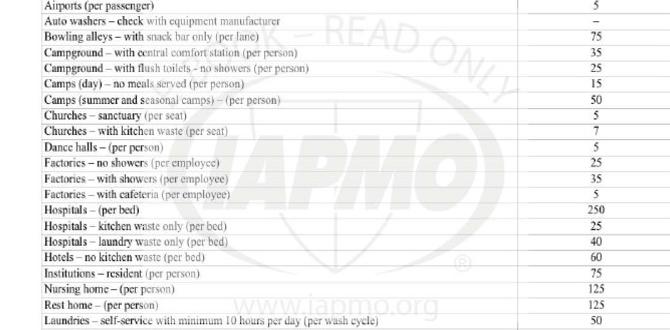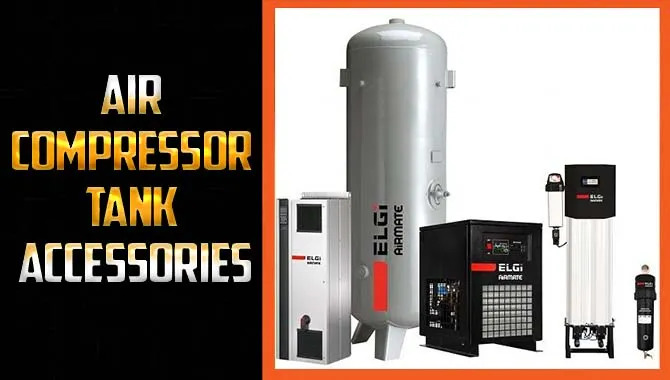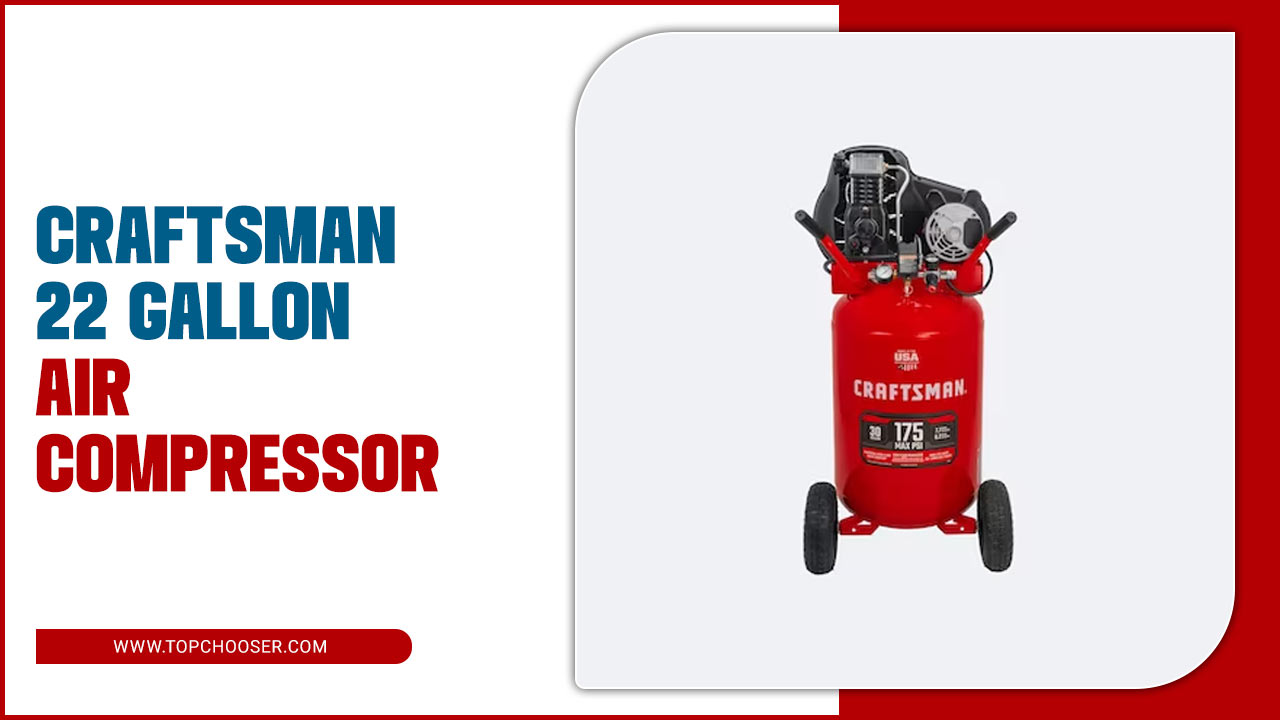Have you ever wondered how much water should be in the toilet tank? You might think it’s just a simple question, but the answer can surprise you. Did you know that the right water level plays a big role in how well your toilet works?
Imagine you walk into a bathroom, and the toilet won’t flush. It’s frustrating, right? Often, this happens because of the water level in the tank. If it’s too low, the toilet can’t flush properly. But if it’s too high, you waste water. Finding the perfect balance is important for both your plumbing and the environment.
In this article, we will explore how much water should be in the toilet tank. You will learn easy tips to check and adjust it. By the end, you’ll be an expert on keeping your toilet running smoothly. So, let’s dive in!
How Much Water Should Be In The Toilet Tank For Efficiency?

How Much Water Should Be in the Toilet Tank?
Toilets work best with the right amount of water in the tank. Ideally, there should be about 1 to 1.5 inches of space between the water level and the top of the overflow tube. Too much water wastes water and increases bills. Too little can cause incomplete flushing. Did you know that adjusting the float can help control water levels? Keeping the right amount can save water and money over time!Understanding Toilet Tank Basics
Explanation of toilet tank components. Function of water levels in toilet tanks.Toilet tanks are like the unsung heroes of our bathrooms. They hold essential parts that help flush away our waste. Key components include the float, which controls the water level, and the flapper, which opens and closes to let water flow into the bowl. A proper water level is crucial; too little can lead to weak flushes, while too much can cause overflow, and no one wants a swimming pool in their bathroom! Here’s a quick look at the parts:
| Component | Function |
|---|---|
| Float | Regulates water level |
| Flapper | Controls flushing water |
| Fill Valve | Fills tank with water |
Understanding these little devices will help you keep your toilet running well. Remember, even toilets need a good water balance to work properly—kind of like us needing water during a pizza party! Who can blame them?
Ideal Water Level for Different Toilet Types
Standard toilets vs. lowflow toilets. Recommended water levels for optimal flushing.Toilets come in different types, and the water level in the tank can vary. Standard toilets usually need about 1.6 gallons of water per flush. Low-flow toilets use less, around 1.28 gallons. This helps save water and energy while still flushing effectively. For optimal flushing, ensure your tank is filled to the recommended level. Here’s a quick look:
- Standard Toilets: 1.6 gallons
- Low-Flow Toilets: 1.28 gallons
How much water should a toilet tank hold?
The ideal tank should hold enough water to flush properly. 1.6 gallons is the standard for most toilets, while 1.28 gallons is best for low-flow models.
How to Measure Water Level in Your Toilet Tank
Stepbystep guide on measuring water levels. Tools needed for accurate measurement.Measuring water in your toilet tank is easy! Start with these simple steps:
- Gather a measuring cup or a ruler.
- Open the toilet tank lid.
- Insert the measuring tool into the tank.
- Check the water level against the tank markings.
Using a cup is best for precise amounts. For accuracy, aim for the water line at the bottom of the overflow tube, which is usually set at 1 inch below the top of the tank. Happy measuring!
How do I know the proper water level in my toilet tank?
The proper water level is about an inch below the top of the overflow tube. This ensures good flushing without wasting water.
Common Issues Related to Water Levels
Problems caused by too much water in the tank. Issues stemming from too little water in the tank.Water levels can cause several problems in toilets. Too much water in the tank can lead to a waste of water, which is not good for the environment. It might also cause overflowing, making a big mess! Too little water can lead to incomplete flushing. This can create odors and require multiple flushes, wasting even more water.
- Too much water can waste resources.
- Overflowing can damage floors.
- Too little water leads to poor flushing.
- It can cause bad smells in your bathroom.
How to Fix Water Level Problems?
To fix water level issues, you need to adjust the float in the tank. Raise it for low water levels or lower it for high water levels. This simple adjustment can make your toilet work better!
Adjusting Water Levels in Your Toilet Tank
Detailed instructions for adjusting the float mechanism. Tips for ensuring proper tank function after adjustment.First, locate the float mechanism in the toilet tank. It can look like a ball or a cup. To adjust it, gently bend the arm or turn the screw at the top. This will change the water level. Aim for about 1-2 inches below the overflow tube. After your adjustments, flush the toilet to test your work. If it flushes more like a gentle breeze than a roaring waterfall, you did great! If problems persist, check for leaks or clogs. Remember, toilets are like puppies—they need TLC to work well!
| Adjustment Type | Action | Matter of Concern |
|---|---|---|
| Float Arm | Bend it gently | Level not too high or low |
| Screw Adjustment | Turn until it’s right | Keep watery friends happy |
Signs Your Toilet Tank Needs Attention
Indicators of incorrect water levels. How to recognize leaks and other associated issues.Have you ever heard your toilet gurgling? It might be trying to tell you something! If you notice the water level in the tank is too high or too low, it’s a sign that something’s off. Keep an eye out for these clues:
| Sign | Description |
|---|---|
| Gurgling Sounds | Means there’s air trapped in the pipes. |
| Constant Running | Your toilet may have a leak. |
| Water Damage | Damp spots around the base indicate a leak. |
If your toilet tank is being drama queen with odd sounds or leaks, it’s time to pay attention! Regular checks keep your bathroom happy and save water.
Benefits of Maintaining Proper Water Levels
Impact on flush efficiency and water conservation. Cost savings on water bills.Keeping the right water level in your toilet tank has big perks! It makes flushing smoother and saves water. Ever seen your toilet struggle to flush? That’s like a dolphin with a sore throat! By maintaining proper water levels, you can cut down on your water bill, too. Studies show that a well-adjusted tank can save an average family over $100 a year. Talk about flushing away expenses!
| Benefits | Details |
|---|---|
| Flush Efficiency | Better flush means less clogs! |
| Water Conservation | Save water, save the planet! |
| Cost Savings | Less water = lower bills! |
Additional Tips for Toilet Maintenance
Regularly checking for leaks and wear. Cleaning recommendations to enhance toilet function.To keep your toilet happy and healthy, check for leaks and wear often. A small leak can waste a ton of water. You don’t want to flush money down the drain! Regular cleaning helps too. Use a gentle cleaner to avoid harsh chemicals that can cause trouble. Remember, a clean toilet is a happy toilet! And for those stubborn stains, baking soda and vinegar work wonders. Let’s dive deeper into toilet care!
| Task | Frequency | Tip |
|---|---|---|
| Check for leaks | Monthly | Look for puddles or wet spots. |
| Clean the bowl | Weekly | Use baking soda and vinegar! |
| Inspect flapper | Every 6 months | Replace if worn out. |
Follow these tips to ensure your toilet functions smoothly and keeps your water bill friendly!
Conclusion
In summary, your toilet tank should hold about 1.6 gallons of water for efficient flushing. Make sure the water level is about an inch below the top of the overflow tube. If it’s too low or too high, adjust the float. For more tips on toilet care, check out helpful guides. Let’s keep our toilets working well!FAQs
Sure! Here Are Five Related Questions On The Topic Of How Much Water Should Be In The Toilet Tank:In general, a toilet tank should hold about 1.6 gallons of water. This amount helps the toilet flush properly. If your tank has too much water, it may waste water. If there’s too little, it might not flush well. Check your toilet’s settings to make sure it works right!
Sure! Please provide the question you would like me to answer.
What Is The Standard Water Level For A Toilet Tank?The standard water level for a toilet tank is usually about 1 inch below the top of the overflow tube. This is the part that sticks up inside the tank. You can check it by looking inside the tank and measuring. If the water is too high or too low, you can adjust it with the float.
How Can I Determine If My Toilet Tank Has The Correct Water Level?To check if your toilet tank has the right water level, lift the tank lid carefully. Look for a small float inside. The water should touch the side of the tank where the float is. If it’s too low or too high, you may need to adjust the float. This way, your toilet works better!
What Are The Consequences Of Having Too Much Or Too Little Water In The Toilet Tank?If there’s too much water in the toilet tank, it can overflow. This makes a big mess on the floor. If there’s too little water, the toilet might not flush properly. You may have to flush more than once, which wastes water. Both problems can be annoying and make using the toilet harder.
How Can I Adjust The Water Level In My Toilet Tank If It Is Incorrect?To adjust the water level in your toilet tank, lift the lid off the tank carefully. Then, look for a small float that helps control the water level. If the float is too high, you can bend the arm down a little. If it’s too low, you can adjust the screw on top or move the float up. After making changes, flush the toilet to see if the water level is just right!
What Factors Can Affect The Water Level In My Toilet Tank, And How Can They Be Addressed?The water level in your toilet tank can be affected by a few things. First, the float might be stuck, so check if it moves freely. You can simply give it a gentle push. Second, the water supply might be too low, so make sure the valve is fully open. Lastly, there could be leaks, so look for any water outside the tank. If you find a problem, fixing it or calling an adult for help can solve it!








